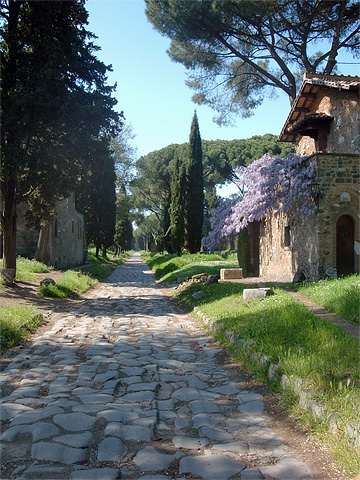The fact that Jesus was crucified rather than stoned, hanged, or killed in some other way means that the Romans were ultimately responsible for his death. Of course this is clear in the biblical gospels. But even if we lacked such primary sources, the simple fact that a man was crucified in Jerusalem around A.D. 30 implies that, for some reason or other, he was condemned by Roman authorities. Jews in the first-century A.D. didn’t crucify people. This horrible means of execution was the prerogative of the Romans, who used it with chilling effect.
The Roman Practice of Crucifixion
If we want to know why a Roman authority, in this case, the prefect Pontius Pilate, would choose to crucify someone, we might look first at the Roman practice of crucifixion in general. Although Rome didn’t invent this means of execution, the nation perfected it as one of the most horrible means of putting criminals to death. In fact, not all Roman convicts sentenced to death were crucified. Crucifixion was reserved for the lowest of the low, and most of all for those who openly opposed Roman power. Commit a serious crime and Rome might cut off your head; rebel against Roman rule or upset Roman peace and you might be headed to a cross. I say “might be” because Roman citizens were protected from crucifixion, unless they happened to be treasonous soldiers. (Photo: The Via Appia in Rome. When the slave Spartacus led a rebellion against Rome in 73-71 B.C., the Romans finally prevailed. They crucified 6,000 men, stringing them along the Via Appia for 120 miles, from Rome to Capua.)
 Why was crucifixion so horrible? For one thing, the victim experienced some of the most extreme pain that a person can experience and the duration of suffering often lasted several days. But, even beyond personal suffering, the crucified person experienced extreme shame in a world that valued honor supremely. Contrary to most portrayals of Jesus’ death, those sentenced to crucifixion were naked when attached to the cross, in full view of the masses.
Why was crucifixion so horrible? For one thing, the victim experienced some of the most extreme pain that a person can experience and the duration of suffering often lasted several days. But, even beyond personal suffering, the crucified person experienced extreme shame in a world that valued honor supremely. Contrary to most portrayals of Jesus’ death, those sentenced to crucifixion were naked when attached to the cross, in full view of the masses.
The Romans made every effort to crucify people in public places, such as along major thoroughfares. The point was to augment the dishonor and suffering of the one being killed, not to mention his family and colleagues. (It seems, by the way, that the Romans did not crucify women.) As the Roman rhetorician Quintilian explained, “Whenever we crucify the guilty, the most crowded roads are chosen, where most people can see and be moved by this fear. For penalties relate not so much to retribution as to their exemplary effect” (Quintilian, Declamations 274). Thus the point of crucifixion was not only punishment, but also deterrence.
Not surprisingly, the Romans crucified Jews when they rebelled against imperial rule. I’ll examine a couple of telling instances in my next post.

